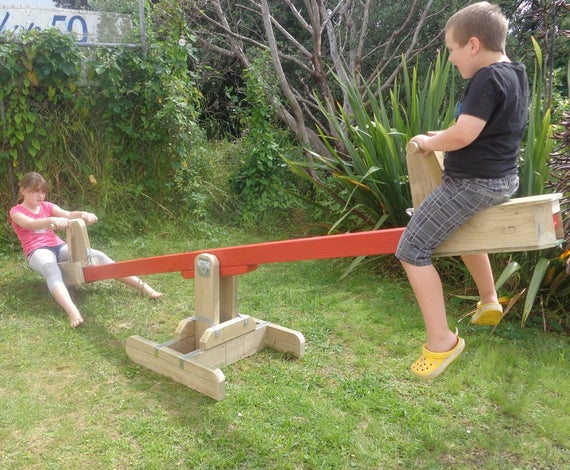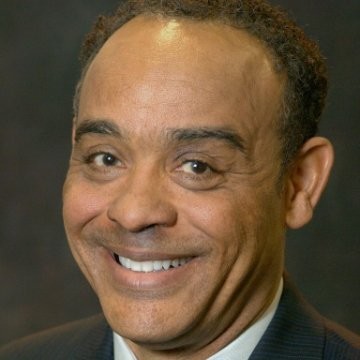By John Grace
Contributing Columnist
Last month, I encouraged to vote on Nov. 3. Under a new California voting law, each polling place will be required to be open for at least eight hours from Oct. 31, through Nov. 2, and on the day of the election, the consolidated polling locations will be open from 7 a.m. to 8 p.m.
Don’t be complacent. Vote.
I am always on the hunt for professionals who can speak about the economy in ways that are not nearly as confusing as I found the definitions to be in Encyclopedia Britannica.
So, it is my good fortune to share with you what Peter Borish, president of Computer Trading Corporation said to Yahoo Finance Oct. 3.
“America’s economic see-saw is the most off-kilter in history. Beware of a hard fall for those on top.”
Longtime market observers try to grasp situations as early as possible, then explain what they see in terms that are easy to comprehend. Borish did a brilliant job of reminding us that in the game of see-saw, “one partner rides up high expecting the partner on the bottom to gently let him down using the balance point as the balance. If not, the fall from on high is rapid and painful.”
The economic balance point in these United States has produced a virtual see-saw, one where the most wealthy have hit new highs so fast that the people on the other end may not be able to be let down without damage to everyone involved.
While there are those who assert it’s all about “America first,” they seem to ignore the facts that we are all breathing the same air, drinking the same water, and, until recently, we flew the same airplanes.
As Maya Angelou observed in her famous inspirational poem, “We are more alike, my friends, than we are unalike.” To Maya’s point, which she said twice, a DNA survey finds all humans are 99.9% identical in our genetic makeup. The differences in the remaining 0.1% hold important clues about the causes of diseases, reports The Telegraph.
Since 1985, Peter Borish has been an equities trader who is also a former New York Federal Reserve economist. Since opinions are like belly buttons, in that everybody has one, you and I pay attention to those with informed opinions.
Borish traded through Black Friday and the 2008 financial crisis. As a financial advisor since 1979, I completely concur with Borish when he says, “As a trader, when you see something that is not sustainable, you know it will end very badly. The only question is the timing.”
“Well, that time is near.”
Two metrics Borish revealed to prove this troubling imbalance:
Capital is simply too cheap relative to labor. “Simply put, in the 50 years since 1970, economic policy has tilted toward equity owners and away from those on a W-2.” The rich typically make bigger bets with cheap money.
The concentration of wealth is unsustainable. The top 1% of U.S. wealth has gone from $4.88 trillion in 1990 to $32.55 trillion in 2020, that’s more than a six fold increase. The bottom half of Americans, however, saw their wealth increase from $0.79 to $1.5 trillion, or only two times in the same period. This imbalance is unprecedented.
What to do?
The marginal tax rates need to be reset dramatically. It is nonsensical that someone making $400,000 versus $4 million are treated the same. The fortunate well-to-do Americans should be taxed at a higher rate.
Warren Buffett, for example, paid a tax rate of 17.7% in 2007, while the average tax rate for people in his office was 32.9%, per The Motley Fool, Sept. 25.
Give those on the bottom consumption real tax relief. Mostly at the state level, policymakers play to avoid alienating voters by not raising marginal tax rates that come in the form of user fees and taxes on utilities and personal consumption. The cable bill, cell phone, rental car, or theme-park tickets (on after-tax income) fees for a family making $50,000 is the same as those making $1 million.
Make the consumption taxes on the federal, state, and local level federally deductible. It’s no wonder the middle class feels crushed.
Raise the minimum wage. It is irrefutable that $7.25/hour is well short of being sufficient to live in this country trying to make ends meet. Borish put it this way.
“If the minimum wage mimicked the growth of the S&P 500 from March 2009 it would be over $30 per hour.” That’s where we need to be so that all ships can participate in a rising tide. As opposed to some of us being left on driftwood as others enjoy their fine yachts.”
Speak now or forever hold your peace.
We need policy changes that reward hard work rather than hardly working to balance the seesaw. When we don’t hold government accountable to address issues, history suggests the markets will deal with them in their own fashion.
By analogy, the cold weather in winter can be a pain in more ways than one. When we get it together we can manage winter as we look forward to spring. So far, spring always follows winter.
John L. Grace is president of Investor’s Advantage Corp, a Los Angeles-area financial planning firm that has been helping investors manage wealth and prepare for a more prosperous future since 1979. His On the Money column runs monthly in The Wave.













